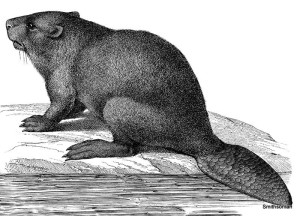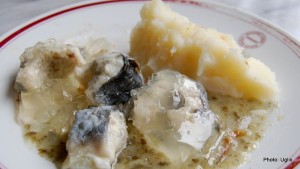“Before hamburgers and sushi, there were centuries of epicurean staples, including eel pie, pear cider and syllabub, foods that have since dipped in popularity and might seem a little, well, unconventional, in today’s diet.”
So writes Li Zhou for Smithsonian, discussing the new book The American Plate: A Culinary History in 100 Bites by historian Libby O’Connell called
“O’Connell attributes the rise and fall of different delicacies to, among other reasons, overharvesting of certain foods, the shift from active to sedentary lifestyles and a greater focus on convenience over time.”
Read the article here.




